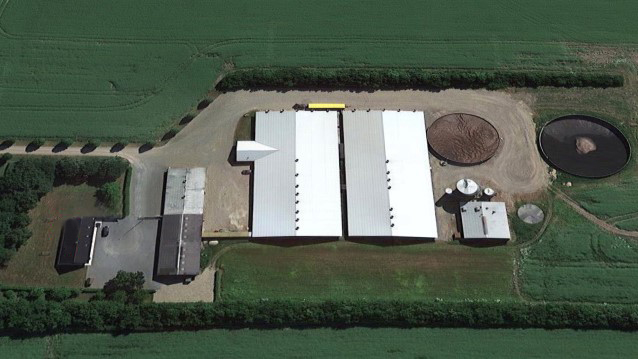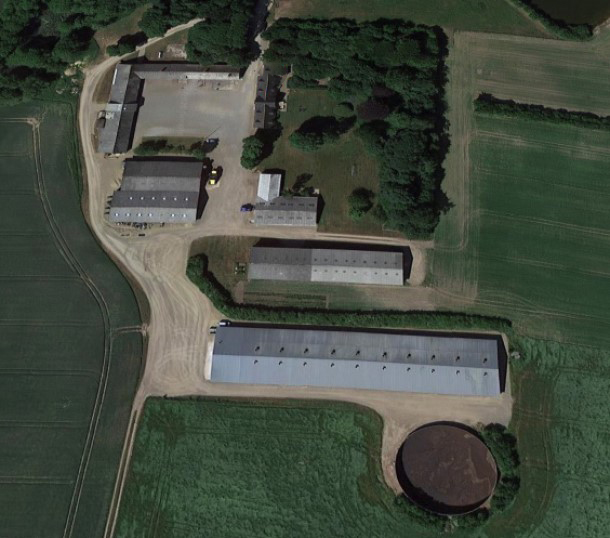1200 sow farrow to wean farm, infected with PRRS-2 in January 2019.
The elimination plan was an LCH model and the herd was loaded with replacement stock for 28-30 weeks in the beginning of February 2019, while the PRRS infection was in the acute phase. The recommendations were to wait for more stability before initiating the LCH model, but the owner wanted to start elimination at that time because meat prices were low and the prognosis was that they would increase during the coming months. Following introduction of gilts, mass vaccination of all sows/gilts were performed in February 2018 and repeated 30 days later. Elimination from weaner site would be step two, but partly depopulation and the same procedures as case 1, was planned.


A modified McRebel according to the one described in case 1, was practiced in the farrowing rooms. Number of live born piglets was only 17.2, but there was no milk-system, so with each sow weaning around 12.5 pigs pr. sow and a mortality of 10%, there was still a need for approx. 7-8 foster sows per week.
In weeks 19, 2019 (8 weeks after second mass vaccination), employees started collecting processing fluids (PF) for PCR every second week. This procedure continued until week 33. Until week 32, the PF were virus positive, but they tested negative in weeks 29-33.
Approximately halfway through the elimination plan, two employees in the farrowing rooms were changed, which probably had a negative impact on the procedures (McRebel).

The sow herd needed replacement stock already in the beginning of August 2019, and therefore they started to inseminate the gilts (non-vaccinated sentinels) in the acclimatization site. These sentinels were introduced in the sow herds in week 36, which was 32 weeks after closure of the herd. Serology from week 40 revealed that the sentinels had seroconverted. Therefore, mass vaccination was performed gain and repeated every 13 weeks until June 2020.
This time, a new plan for the acclimatization site was designed: All replacement stock is vaccinated with MLV at arrival and all gilts stays here for 12 weeks after vaccination. Every 6th week a group of gilts are introduced to the sow herd. The expectations are that this will give stability and a new LCH model are planned, to start in 2021.
The experiences are that success with the LCH model is dependent on stability when initiating the closure phase. If the herd is not stable, then the closure should be prolonged to at least 40 weeks, being even more important with a growing number of sows in the herd.
In the latter case, the change of key employees at a critical time, also may have affected the result.



